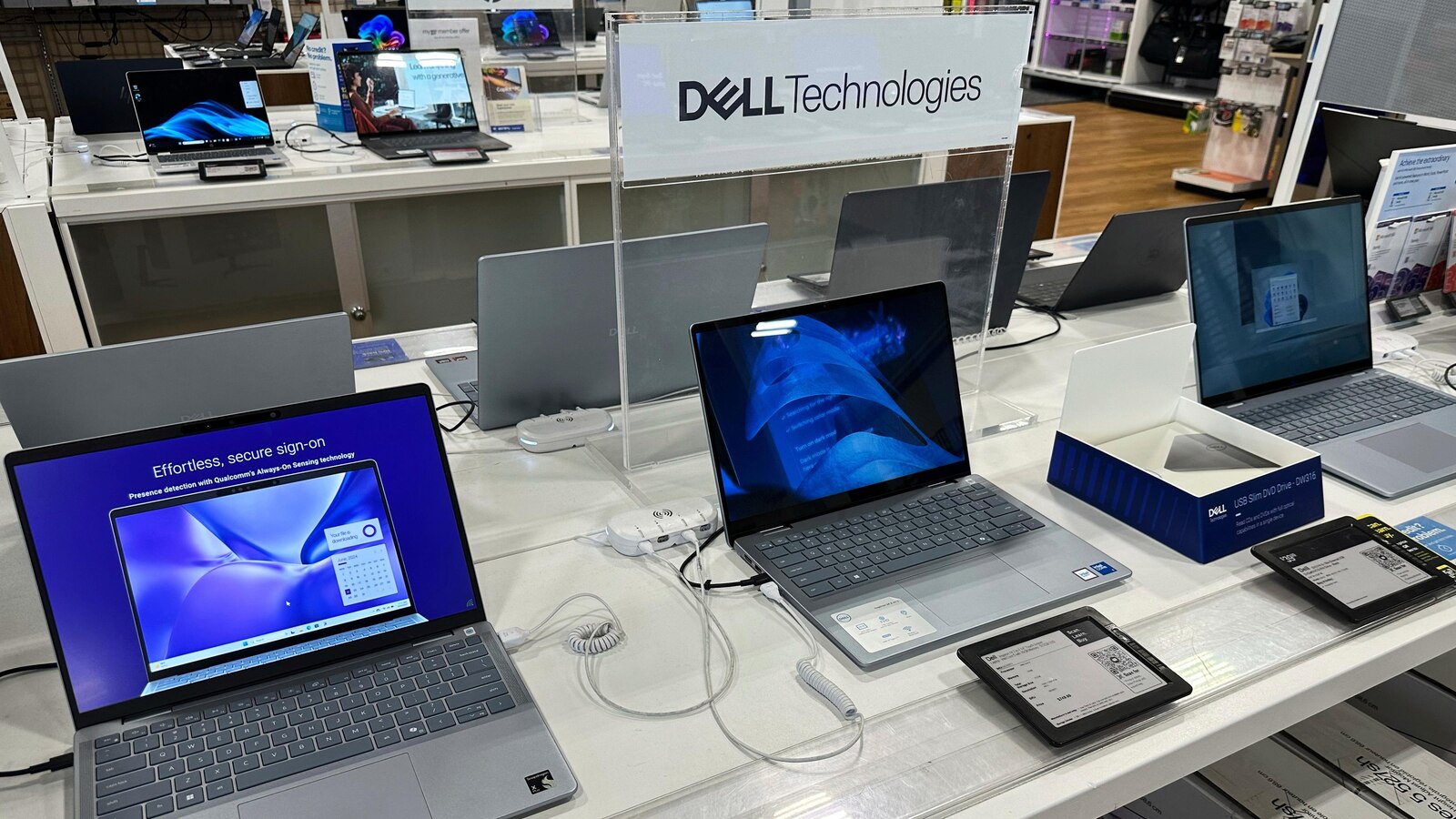Retail Sales Show Resilience with 0.5% Increase in July
Retail sales rose by 0.5% in July, indicating strength despite economic challenges, with auto sales contributing significantly to this growth.
Overview
- Retail sales increased by 0.5% in July, marking a slowdown from June but still reflecting economic resilience.
- The rise in retail sales follows two months of declines, suggesting a potential recovery in consumer spending.
- Excluding auto sales, which were affected by tariffs, retail sales still showed a 0.3% increase in July.
- Auto sales specifically rose by 1.6% in July, playing a crucial role in the overall retail sales growth.
- The producer price index also saw a 0.9% increase last month, indicating rising costs in the economy.
Report issue

Read both sides in 5 minutes each day
Analysis
Center-leaning sources frame this story by consistently linking negative economic indicators and business challenges directly to "Trump's tariffs" or "Trump's trade policies." They emphasize the "toll" on jobs, rising prices, and slowing hiring, presenting retail sales as "holding up even as" these tariff-induced problems persist, creating a narrative of economic strain caused by trade policies.
Articles (3)
Center (2)
FAQ
The 0.5% increase in retail sales in July was driven significantly by a 1.6% rise in auto sales, despite tariffs affecting the sector, and overall resilience in consumer spending following two months of declines.
The 0.5% rise in July represents a slowdown from a 0.6% increase in June but indicates a recovery pattern following two consecutive months of retail sales declines earlier in the year.
Tariffs have affected auto sales, but despite this, auto sales still rose by 1.6% in July, playing a crucial role in the overall retail sales growth of 0.5%.
The 0.9% increase in the producer price index suggests rising costs in the economy, which can lead to higher consumer prices and impact retail sales dynamics.
The National Retail Federation forecasts retail sales growth between 2.7% and 3.7% for 2025, reflecting continued momentum supported by low unemployment and real wage gains, although policy uncertainty may affect consumer confidence.
History
- This story does not have any previous versions.

